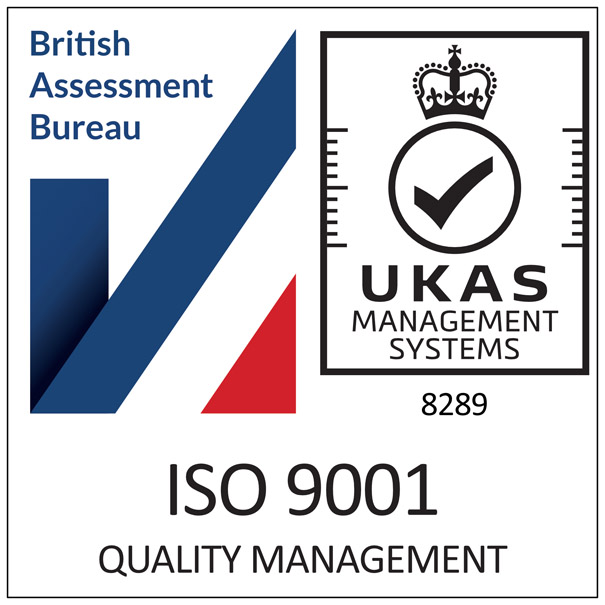
Here we look at the three essential steps in groundwork preparations:
Step 1: Assessing the ground
Assessing the conditions of the ground to be built on or landscaped is not only good practice but something required by the majority of local authorities. Ground investigations will identify the soil type and any potential problems relating to the stability of the soil and highlight any drainage issues. Once the ground conditions have been identified, you know what you are working with and any problems you need to solve or accommodations you need to make.
Step 2: Dig out and muck away
Following a thorough assessment of the ground conditions and in possession of the design plans, the next step is the dig out phase. This is the process of levelling the land where required, removing soil and debris, as well as trees, plants and other structures and features that are not required for the new design.
Muck away, removing surplus or contaminated soil and debris, is an unavoidable part of groundworks preparations and can be a substantial cost within the overall project budget. Much of the debris will be inert or non-hazardous, however, plans must be made should hazardous materials be found.
Inert muck away is waste that’s not undergone a chemical, physical or biological change, making it less likely to affect other matter that it comes into contact with. Brick, concrete, hardcore, soil and subsoil are all classified as inert muck away.
Non-hazardous muck away covers waste products considered unharmful to the environment and human life, while hazardous muck away is waste considered harmful, such as solvents, motor oil, car batteries, coal tar and tarred products and materials containing asbestos.
Step 3: Ground stabilisation
Once the land has been cleared it can then be stabilised to ensure that it is able to bear the weight of whatever is built on it or laid over it. In landscaping this generally means laying a specialist landscaping geotextile fabric as a ground stabilisation membrane to create a stable foundation or sub-base for the surface finish.
Installing the correct geotextile fabric for your application is essential, so when it comes to selecting one ask yourself these three questions:
- What is the primary application that geotextile fabric is needed for?
- Where will the geo fabric be laid?
- Does the geotextile fabric need to perform any other role?
Establishing these three factors will ensure that you select the right geotextile fabric for your project.
From Growtivation’s Product That Works range of professional landscaping products, select Draintex for drainage and filtration applications, Drivetex for stabilisation and soil/aggregate separation, but Groundtex multi-purpose woven geotextile fabric for ground stabilisation and weed control in both soft and hard landscaping applications.
With 20 years’ experience in the landscape industry, Growtivation understands the needs of landscaping professionals and has concentrated on providing high performance solutions with our Product That Works range.
Find out more about the Growtivation Product That Works range by downloading our Product Guide and your free copy of our Landscaping That Works guide to weed control and geotextile fabrics.
To find out where you can buy Growtivation products visit our online Where to Buy facility or contact the friendly team at Growtivation for advice on 0800 197 8885 or email sales@growtivation.com.












